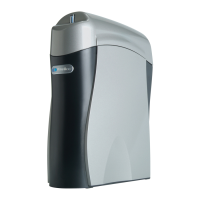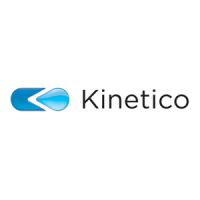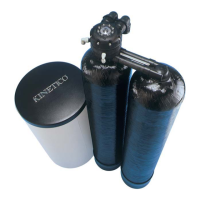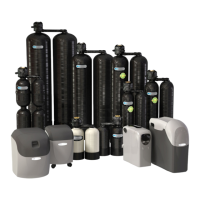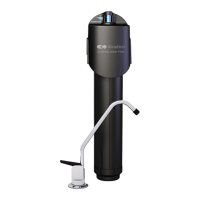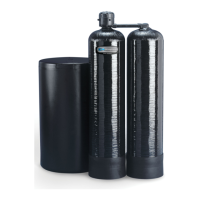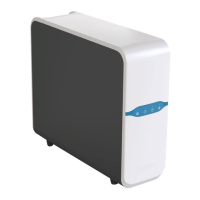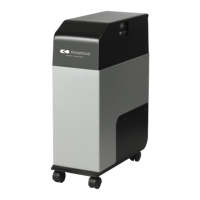TQ Series Technical Manual
Page 9 Equipment Specifications 9.9.04
Rev. 5
EQUIPMENT SPECIFICATIONS
System Configuration
Depending on the inlet characteristics of your water, additional components may be required with your TQ
Series System. The configuration of these accessories along with their functionality has been listed at the
end of this section. Should you require further information regarding this equipment, please contact your local
Kinetico Dealer.
Backwashing Filter
The TQ Series Systems require prefiltered water for adequate TSS (total suspended solids) removal.
Kinetico offers a wide range of backwashing filters using a variety of medias. Depending on the types of solids
in the water, the appropriate media is matched for your application. Kinetico’s laboratory can test for the TSS
content of feed water if it is not known to help determine the type of prefilter required. High levels of TSS can
cause fouling of the TQ System membrane, thus reducing both the quality and quantity of the permeate
water.
The maximum silt density index (SDI) for the influent water is
3.0. Operation above an SDI of 3.0 may damage
membranes, pump or motor. At this point, the only remedy
is to replace the damaged components.
Carbon Filter
A carbon filter is required to protect the TQ System’s membrane from organic fouling or from chlorine
degradation. Both these types of fouling can seriously damage the TQ System’s thin film composite
membrane(s). With chlorine degradation, the membrane is slowly damaged. This type of damage is
irreversible.
Each TQ unit is equipped with a sediment prefilter cartridge. For applications requiring
carbon pretreatment where the actual daily consumption volume is low (< 50 gpd), a carbon
sediment prefilter can be used in its place. One should note that the maximum capacity of
this cartridge is 1,500 gallons at 2 mg/l of free Cl
2
. Based on this capacity, cartridge
replacement should be calculated.
The maximum influent level of chlorine to the TQ System is
0.05 mg/l. Prolonged exposure to excessive levels of
chlorine will cause membranes to be destroyed. At this
point, the only remedy is to replace the membranes.
Softener
For RO systems, a maximum inlet hardness of 4 gpg (68.4 mg/l as CaCO3) is required. Above this level,
scaling will occur within the RO’s membrane(s). Calcium and magnesium are the two primary constituents
leading to scale build up on the RO’s membrane(s). To prevent this scaling, a softener can be used to
remove calcium and magnesium from the water. A chemical descalent may be substituted for pre-softening
the water in some applications. However, some chemical additives may result in a poorer quality of permeate
water from the TQ RO.
For units with nanofiltration membranes, the maximum inlet hardness is 20 gpg. Nanofilter membranes are
less sensitive to hardness fouling than their RO counterparts. A hard water source is preferred when
specifying a nanofiltration unit, as the system’s rejection rate for calcium and magnesium is much greater than
it is for sodium ions.
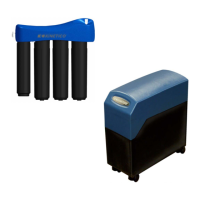
